Traveling with pets has become increasingly common in our mobile society, with many pet owners unwilling to leave their beloved companions behind. While dogs and cats are the most frequent travel companions, what about those who own more unusual pets? Exotic pet ownership has risen substantially in recent years, creating a unique intersection of travel logistics and specialized animal care. From regulations that vary wildly across borders to the specific needs of unconventional animals, traveling with exotic pets presents distinct challenges and considerations that go far beyond those faced by owners of traditional pets. This article explores the complex relationship between travel and exotic pet ownership, providing essential information for responsible owners who may need or want to transport their unique animal companions.
Understanding What Qualifies as an Exotic Pet
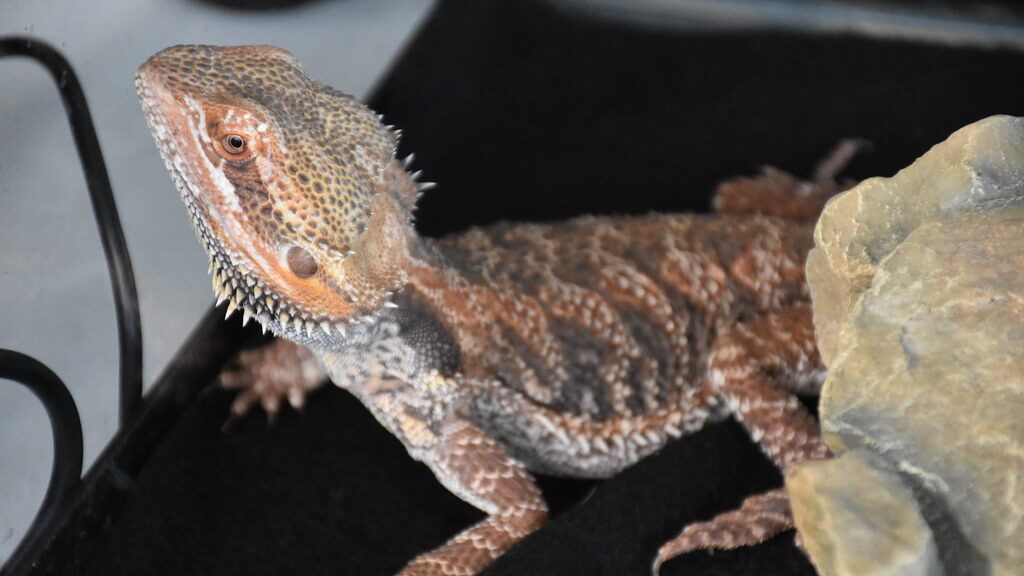
The term “exotic pet” typically refers to any wild species kept in human households that isn’t traditionally domesticated like dogs, cats, or common farm animals. This category encompasses a vast array of animals including reptiles such as bearded dragons and ball pythons, birds like macaws and cockatoos, small mammals like sugar gliders and hedgehogs, amphibians, invertebrates, and even some larger species like certain monkeys or big cats in jurisdictions where they’re legally permitted. The classification of exotic pets isn’t universal and varies significantly between countries and even between states or provinces within the same country. What might be considered a common pet in one region could be classified as exotic, heavily regulated, or completely prohibited in another, making travel particularly complicated for owners of these animals. Understanding exactly how your pet is classified in both your home location and your destination is the crucial first step in determining whether travel is even possible.
Legal Considerations and International Regulations

The legal landscape surrounding exotic pet travel is extraordinarily complex and frequently changes as countries update their biosecurity measures. Many nations have strict import restrictions or outright bans on certain species due to concerns about invasive species introduction, disease transmission, or wildlife trafficking. The Convention on International Trade in Endangered Species of Wild Fauna and Flora (CITES) regulates international movement of thousands of species, requiring specific permits even for pets that were legally acquired and personally owned. Additionally, airlines have their own policies regarding which animals they’ll transport, with many refusing to carry certain exotic species regardless of legal status. Even within countries like the United States, crossing state lines with certain exotic pets may require permits, health certificates, or may be prohibited entirely depending on the species and the states involved. Navigating this regulatory maze requires thorough research months before any planned travel, and often involves paperwork from veterinarians, government wildlife agencies, and customs authorities.
Health Certificates and Veterinary Requirements

Almost all travel with exotic pets requires some form of health documentation, but finding qualified veterinary care can be challenging. Many veterinarians specialize in common domestic animals and have limited experience with exotic species, making it difficult to obtain the necessary health certificates required for travel. These certificates typically need to verify that the animal is free from specific diseases of concern, has received appropriate preventative treatments, and is fit to travel. The requirements vary widely by species and destination, with some countries requiring quarantine periods regardless of documentation. For particularly unusual species, owners may need to locate a board-certified exotic animal veterinarian, who may be found only at major zoological institutions or specialty practices in urban centers. Additionally, the timing of health examinations and certificate issuance is often strictly regulated, with many needing to be completed within a specific window before travel – typically 10-30 days, depending on the destination’s requirements.
Transportation Challenges for Different Species
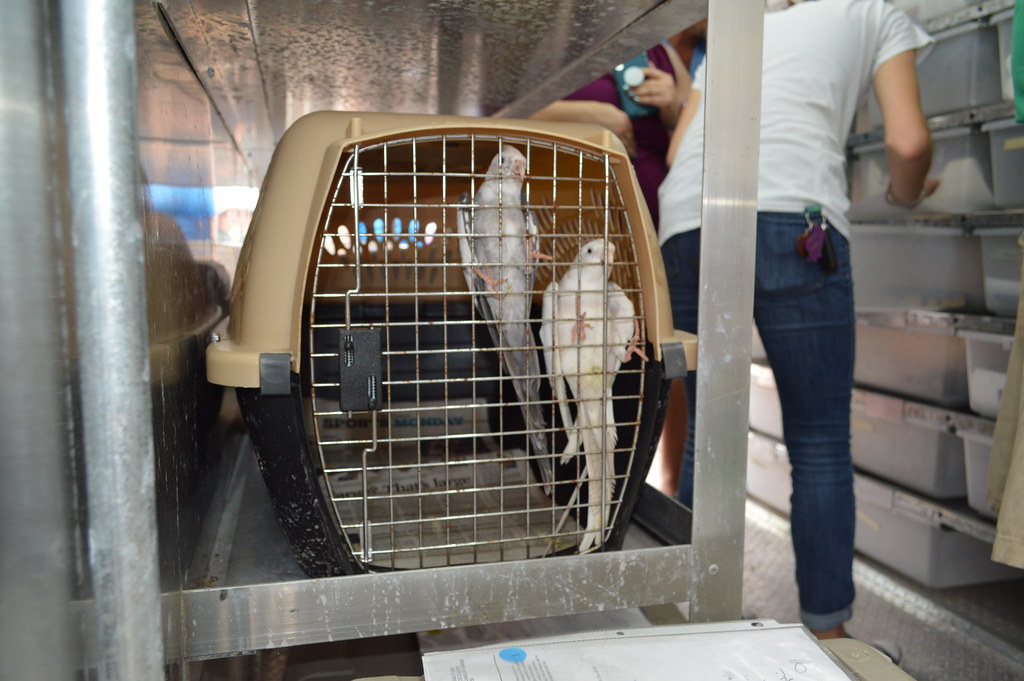
The physical act of transporting exotic pets presents unique challenges that vary dramatically between species. Reptiles, being ectothermic, require carefully controlled temperatures during transit, which can be difficult to maintain during air travel or long car journeys. Birds are particularly susceptible to stress during travel and may need specially designed carriers that provide security while allowing adequate ventilation. Small mammals like sugar gliders or hedgehogs may become stressed by unfamiliar surroundings, potentially leading to health complications. Aquatic species present perhaps the greatest challenge, requiring water quality management and oxygenation during transport. Many exotic pets cannot safely travel in the cargo hold of aircraft due to temperature fluctuations, pressure changes, or handling procedures, limiting travel options to in-cabin arrangements (where permitted) or ground transportation. For some species, the stress of transport may pose such significant health risks that travel becomes inadvisable except in cases of absolute necessity, such as permanent relocation.
Climate Considerations and Acclimatization

Many exotic pets come from specific climate zones and may struggle to adapt to rapid environmental changes during travel. Reptiles from tropical environments, for instance, can experience serious health problems if exposed to cool temperatures even briefly during transit. Desert species may be adversely affected by high humidity levels, while tropical amphibians might suffer in dry conditions. These climate sensitivities make seasonal timing of travel critical – many airlines won’t accept certain exotic species during winter or summer months due to extreme temperatures on tarmacs or in cargo holds. Beyond the journey itself, consideration must be given to acclimatization at the destination, which may have different temperature, humidity, or altitude conditions than the pet’s home environment. Gradual acclimatization is essential for many species, potentially requiring specialized equipment at the destination to recreate appropriate environmental conditions, particularly for highly sensitive species like chameleons or certain amphibians whose health can deteriorate rapidly under suboptimal conditions.
Specialized Travel Equipment and Carriers
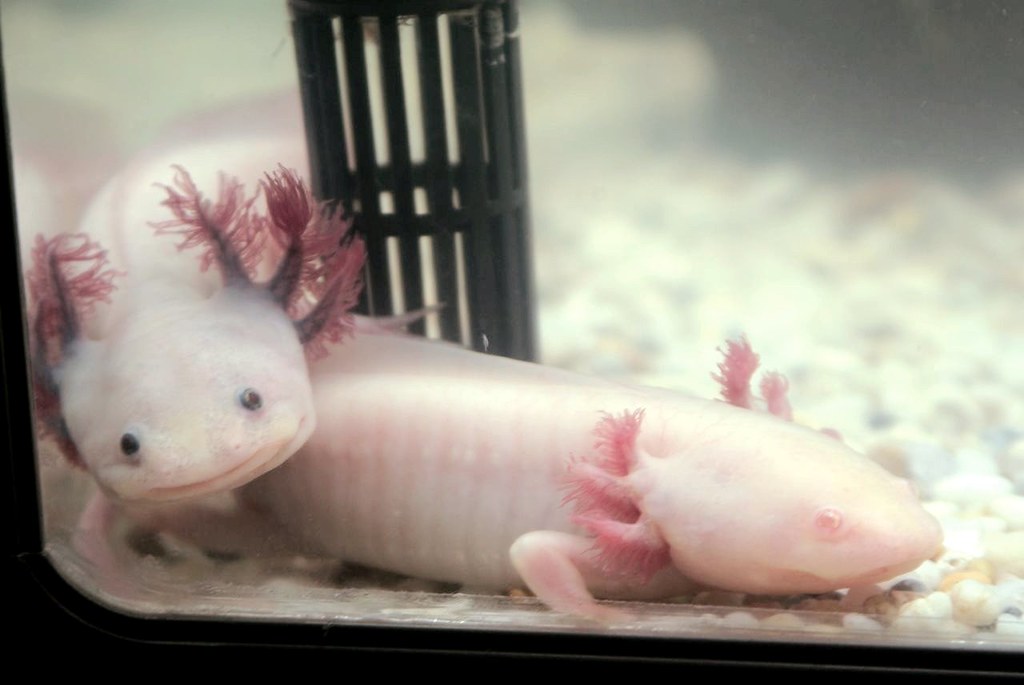
Transporting exotic pets safely often requires specialized equipment far beyond the standard carriers used for cats and dogs. Reptiles typically require insulated containers with heat packs or cooling elements depending on the species and travel conditions. Birds need carriers that prevent feather damage while providing adequate ventilation and security. Arboreal species like certain lizards or small primates need carriers that accommodate their natural behaviors and postures. For many exotic pets, custom-designed travel enclosures may be necessary, potentially incorporating temperature monitoring devices, specialized substrate, or particular humidity control mechanisms. Some species require travel containers that shield them from excessive visual stimulation that could cause stress, while others need enclosures that prevent escape by animals with specialized abilities like the contortionist talents of octopuses or the strength of larger reptiles. The appropriate carrier must balance security, comfort, stress reduction, and the practical requirements of the transportation method being used, all while meeting airline specifications or border inspection requirements if applicable.
Accommodation Challenges at Destinations

Finding suitable accommodation that accepts exotic pets presents a significant hurdle for travelers. While many hotels and vacation rentals have policies regarding dogs and cats, few have clear guidelines about exotic species, often resulting in blanket prohibitions. Even pet-friendly establishments may draw the line at reptiles, birds, or unusual mammals due to liability concerns, staff unfamiliarity, or worries about potential damage to rooms. For travelers with exotic pets, this often necessitates extensive advance communication with potential accommodations or seeking specialized lodging options like extended-stay apartments with fewer restrictions. Some exotic pet owners find success with private home rentals where direct negotiation with homeowners is possible, though this requires transparency about the specific pets being brought. Beyond simple acceptance, the accommodation must also be suitable for the pet’s needs, potentially requiring space for temporary enclosures, access to appropriate utilities, and an environment that won’t cause undue stress to the animal.
Dietary Needs and Food Availability

Maintaining proper nutrition during travel presents unique challenges for exotic pet owners, as many species require specialized diets that may be difficult to source away from home. Insectivorous reptiles and amphibians depend on regular access to appropriate feeder insects, while certain birds need specific fruit mixtures or specialized pellets that aren’t widely available. Some exotic mammals have highly specific dietary requirements that can’t be easily substituted with locally available alternatives. Particularly challenging are carnivorous species that require whole prey items like mice or rats, which aren’t typically sold in standard pet stores worldwide and may be subject to import restrictions themselves. Frozen food items present additional complications, requiring continuous cold storage during transit and at the destination. Prudent exotic pet owners typically research food availability at their destination well in advance, potentially identifying specialty pet stores or exotic veterinarians who might stock appropriate items, while also developing contingency plans like bringing sufficient supplies from home when legal and practical.
Emergency Veterinary Care Considerations
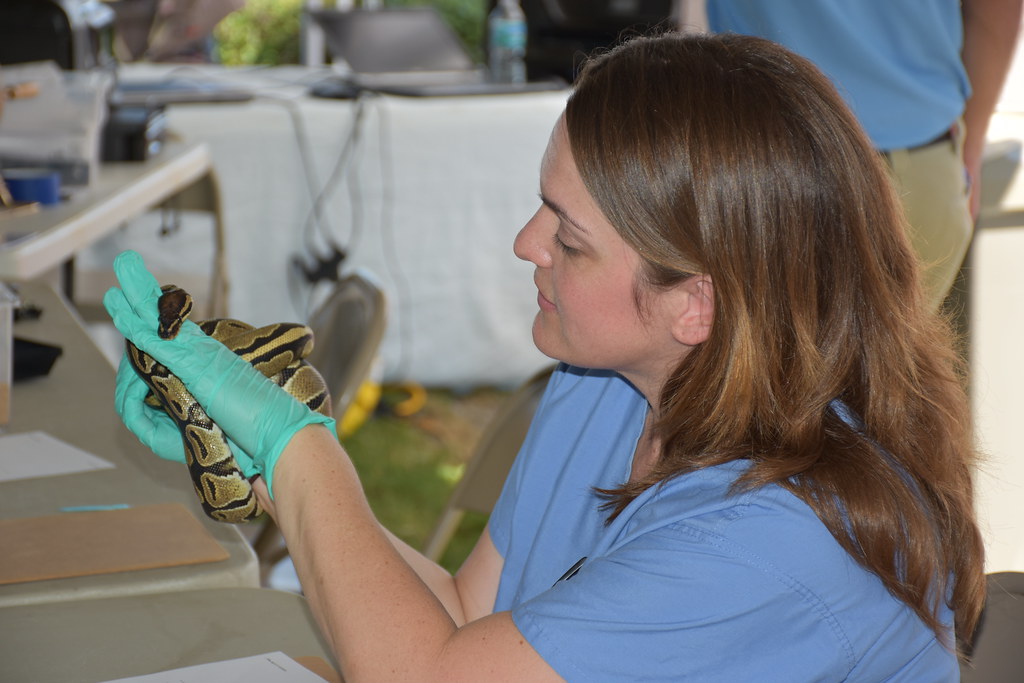
Access to qualified emergency veterinary care represents perhaps the most serious consideration when traveling with exotic pets. While emergency clinics for dogs and cats exist in most populated areas, veterinarians with expertise in exotic species are far less common, particularly in rural or remote destinations. Even in major cities, after-hours emergency care for species like reptiles, birds, or small exotic mammals may be limited or non-existent. This scarcity of specialized care means exotic pet owners must research and identify capable veterinarians at their destination before departing, creating a contingency plan for potential health emergencies. Some owners travel with extensive first aid kits specifically designed for their pet’s species, including medications pre-prescribed by their home veterinarian for common conditions. For particularly rare or specialized species, some owners even arrange phone consultations with their regular exotic veterinarian to advise local practitioners who may be unfamiliar with the species but willing to provide care under guidance.
Stress Management for Sensitive Species
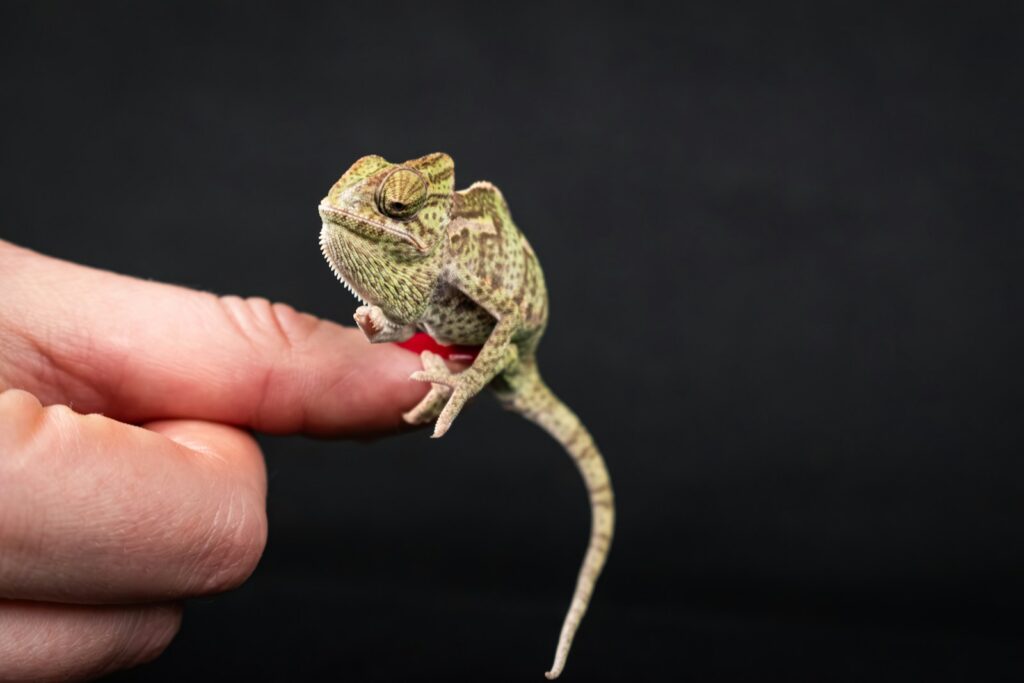
Many exotic pets are particularly susceptible to stress-related health problems, making stress management a critical aspect of travel planning. Species like chameleons, certain bird species, and small exotic mammals can develop serious health complications from the stress of travel, unfamiliar environments, or disrupted routines. Signs of travel-related stress vary widely between species but may include reduced appetite, abnormal behavior, digestive issues, or in severe cases, immunosuppression leading to opportunistic infections. Minimizing travel stress begins with gradual acclimation to travel carriers before the journey, maintaining familiar scents and objects in travel enclosures, and creating visual barriers to reduce overwhelming stimuli. For particularly sensitive species, veterinarians may recommend natural calming supplements or, in some cases, prescription medications to reduce travel anxiety, though these must be used cautiously and under professional guidance. The travel schedule itself should be designed to minimize disruptions to the animal’s normal routine where possible, particularly for species that are highly schedule-dependent.
Ethical Considerations of Exotic Pet Travel

Beyond practical considerations, the ethics of traveling with exotic pets deserves serious reflection. Many exotic species have not been domesticated over generations like dogs and cats, potentially making them less adaptable to the stresses and environmental changes inherent in travel. For some species, the risks associated with transport may outweigh the benefits of keeping the pet with its owner during temporary travel. Responsible exotic pet ownership includes recognizing when an animal’s welfare might be better served by arranging appropriate temporary care at home rather than subjecting it to the stresses of travel. This ethical calculation varies by species, individual animal temperament, journey duration, and necessity of travel. Permanent relocations present different ethical considerations than vacation travel, as the stress of a single journey may be justified to keep a long-lived exotic pet with its established caregiver. Additionally, exotic pet owners must consider the potential environmental impact should their pet escape in a non-native environment, particularly for species that could become invasive or transmit diseases to native wildlife.
Alternative Options to Travel
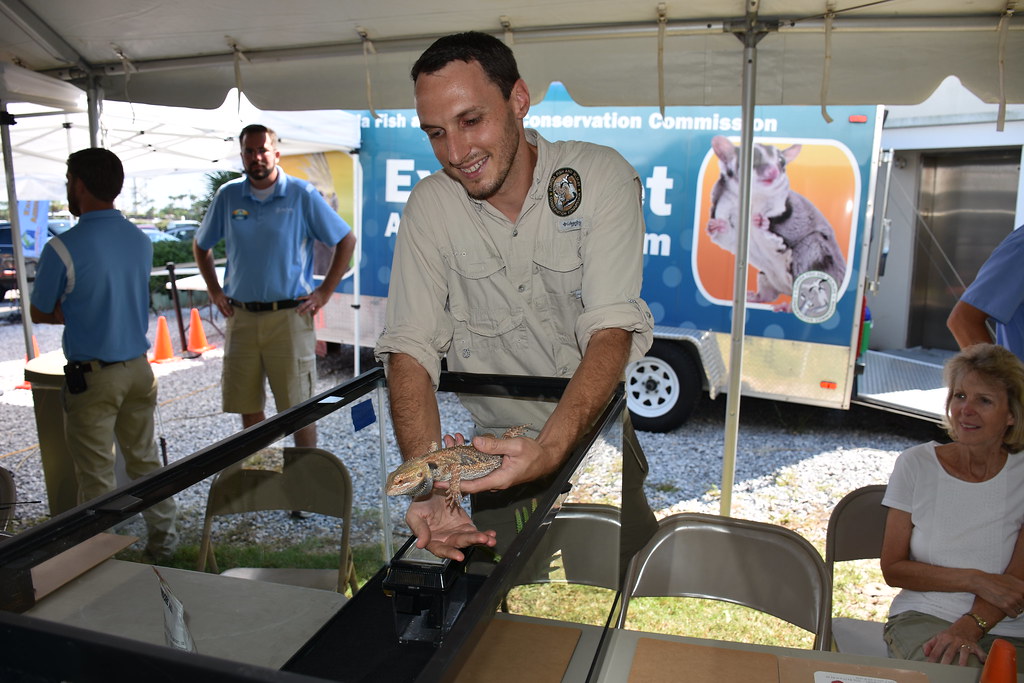
Given the challenges associated with traveling with exotic pets, many owners explore alternatives when faced with temporary travel needs. Specialized exotic pet sitting services have emerged in many urban areas, offering in-home care by individuals with experience handling particular species groups like reptiles, birds, or exotic mammals. Some exotic veterinary practices offer boarding services with staff trained in the specific husbandry requirements of unusual pets, providing peace of mind through professional oversight during the owner’s absence. For particularly sensitive species or complex setups like extensive reptile collections or elaborate aquariums, some owners arrange for trusted friends with appropriate experience to stay in their home, maintaining the animals in their established environment. Technology has also expanded options, with specialized monitoring systems allowing remote temperature tracking of terrariums or webcams enabling visual checks on pets, complementing in-person care visits. For inevitable situations requiring pet transport, professional pet shipping services specializing in exotic species offer expertise in navigating regulatory requirements and ensuring appropriate travel conditions, though these services come at premium prices reflecting their specialized nature.
Success Stories and Practical Tips

Despite the challenges, many exotic pet owners have successfully navigated the complexities of travel with their unusual companions. Advance planning emerges as the most crucial factor in these success stories, with many owners beginning preparations six months or more before international travel. Creating detailed documentation portfolios has proven helpful, including the pet’s complete medical history, species identification information, proof of legal acquisition, and all required permits organized in a readily accessible format for inspection at borders. Connecting with exotic pet communities online has provided many travelers with location-specific advice and recommendations for veterinarians or pet-friendly accommodations at their destinations. Some owners report success with gradual travel acclimation, starting with short car trips before attempting longer journeys, helping pets adjust to the sensation of movement and temporary habitat changes. For reptile owners specifically, battery-powered temperature controllers and digital thermometers have proven invaluable for monitoring and maintaining appropriate conditions during transit, while innovative specialized carriers with built-in heating or cooling systems have made travel more feasible for temperature-sensitive species.
Conclusion
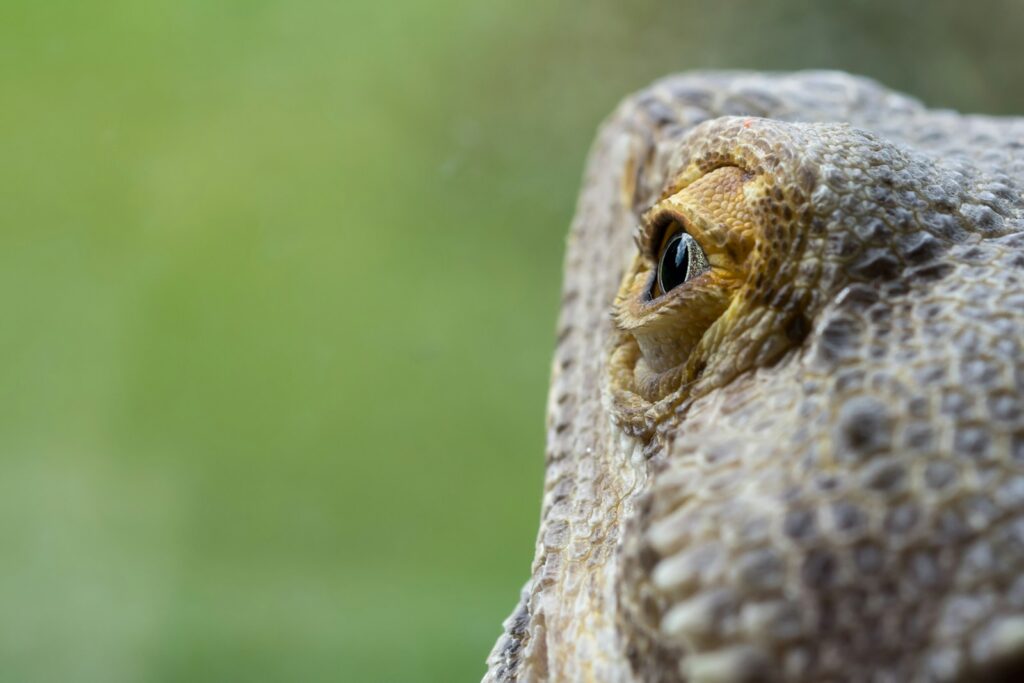
Traveling with exotic pets presents a complex matrix of considerations that extend far beyond those faced by owners of traditional pets. From navigating labyrinthine international regulations to ensuring appropriate environmental conditions, the challenges are substantial. For many exotic species, the stress of travel may outweigh the benefits of keeping them with their owners during temporary journeys, making alternative care arrangements the more responsible choice. However, for permanent relocations or owners of hardier exotic species, successful travel is possible with meticulous planning, appropriate specialized equipment, and thorough research. As exotic pet ownership continues to grow, the infrastructure supporting travel with these animals will likely expand, potentially easing some current challenges. Until then, responsible exotic pet owners must carefully weigh their animals’ specific needs against the demands of travel, always prioritizing the welfare of the unique creatures in their care.



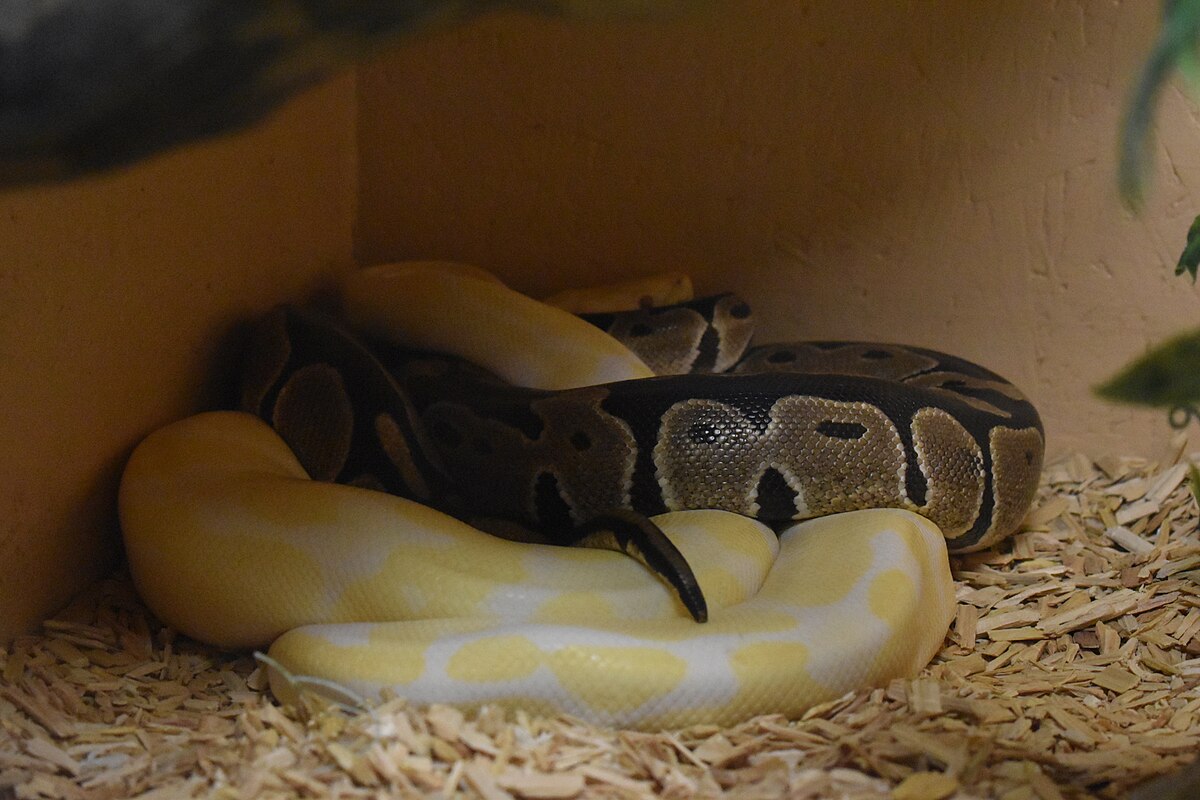


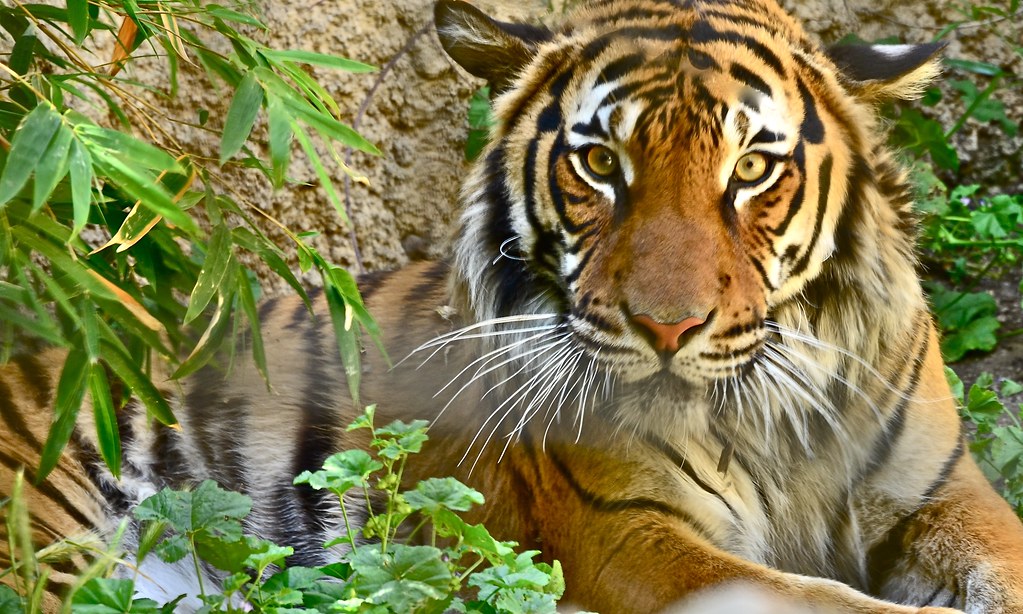
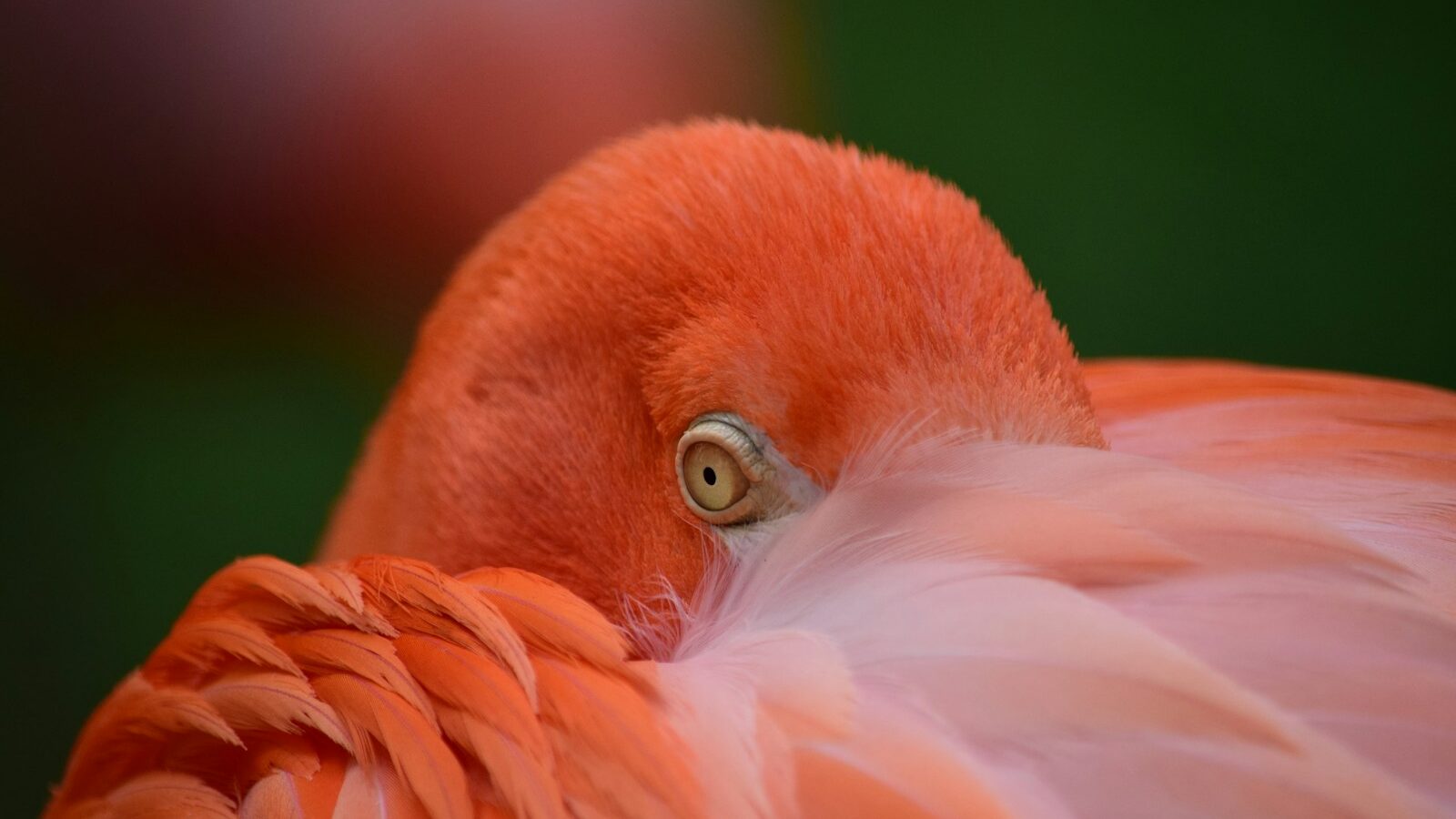
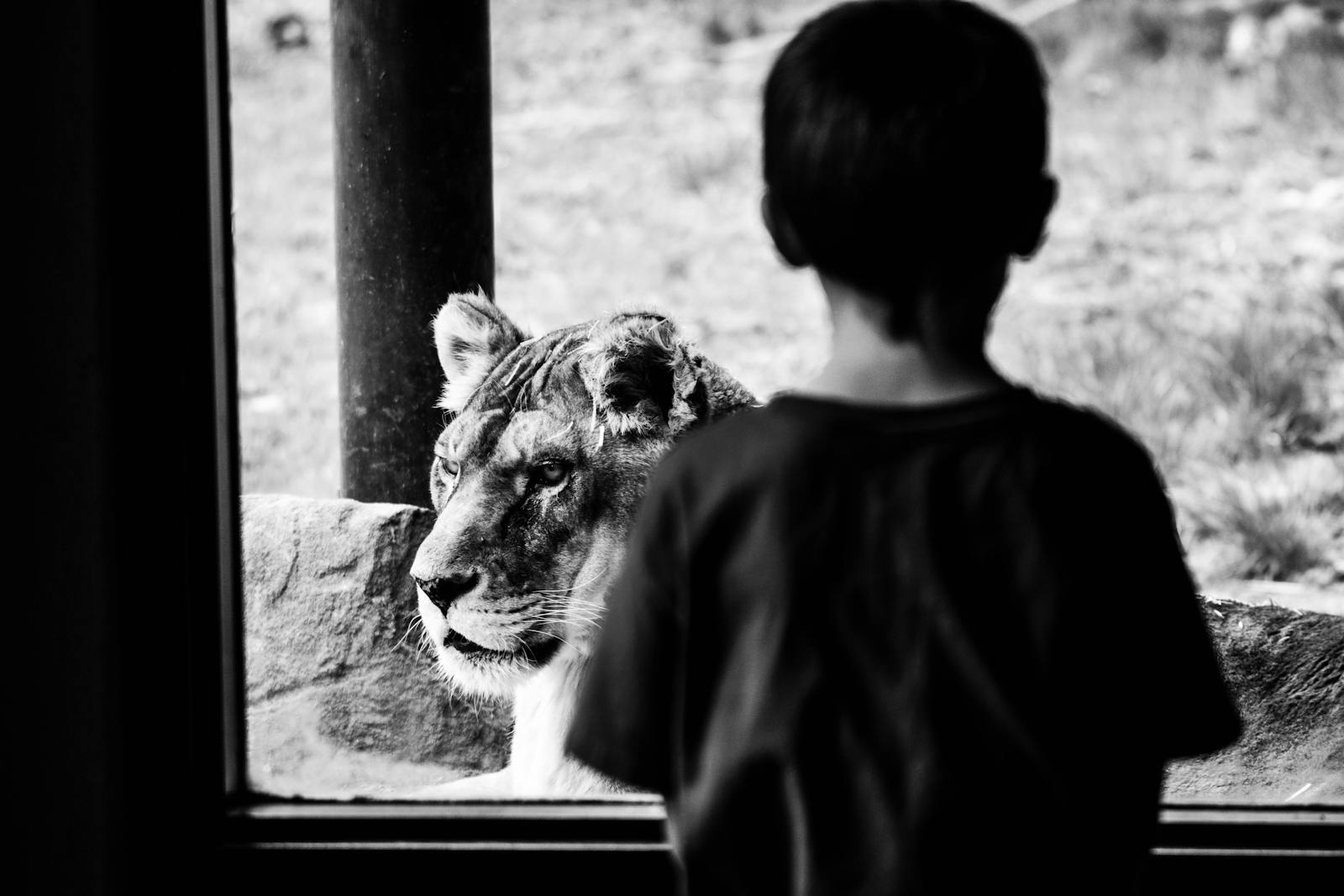
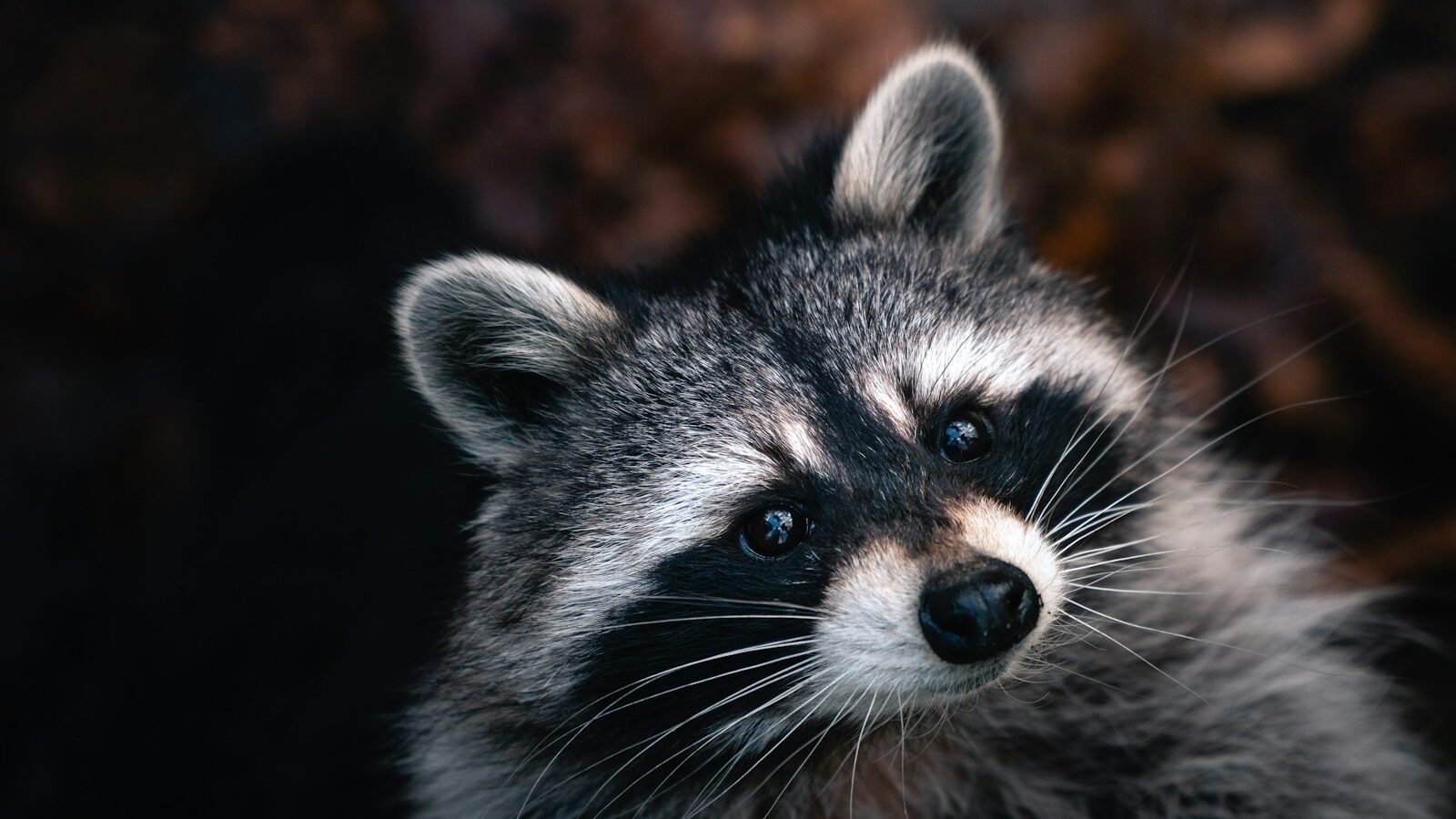
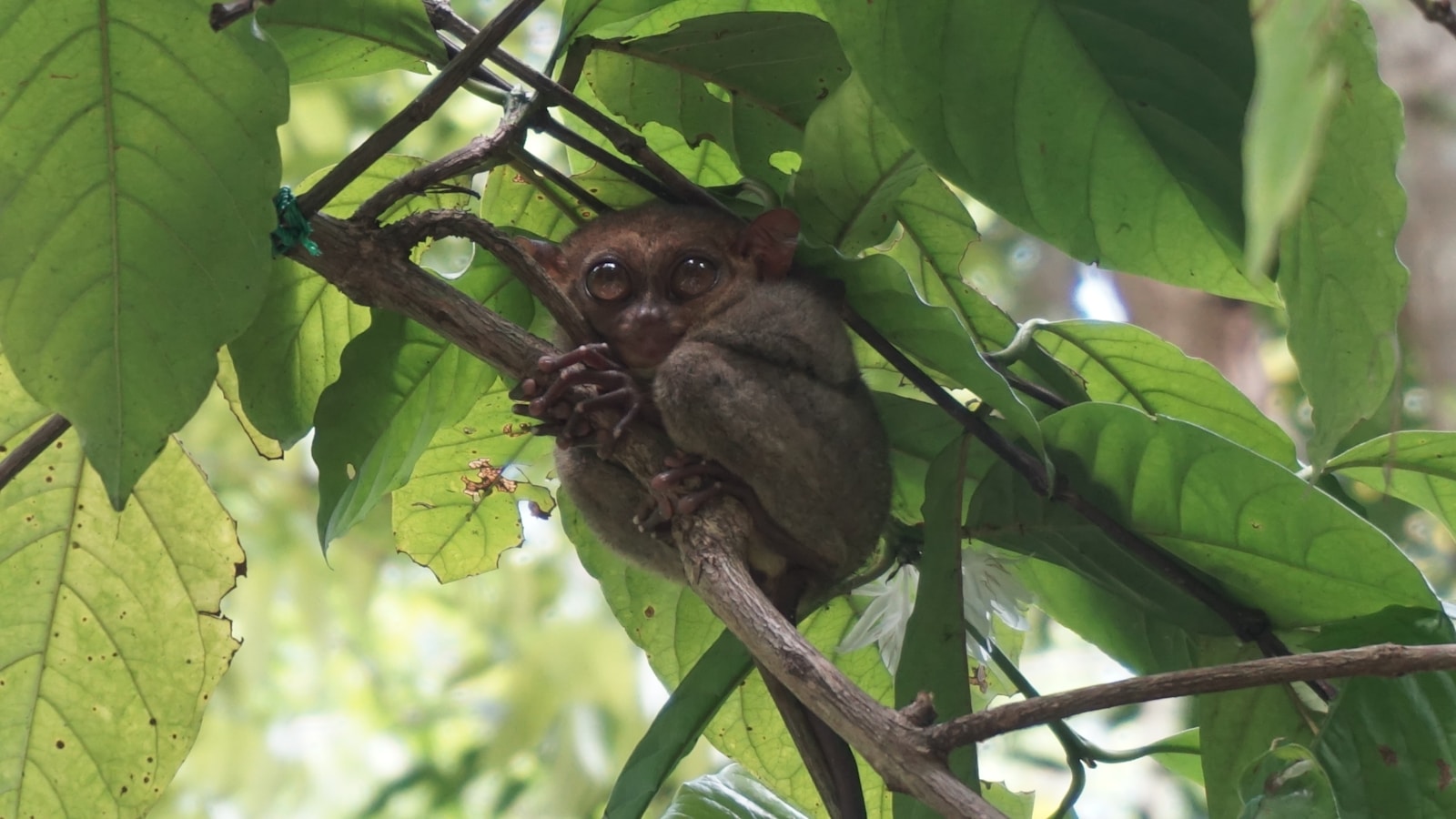
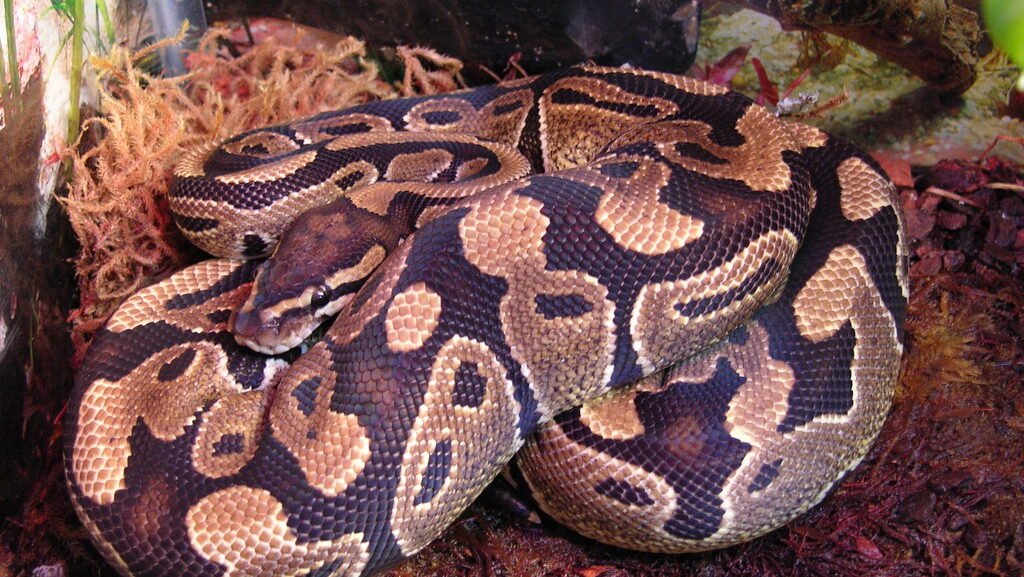

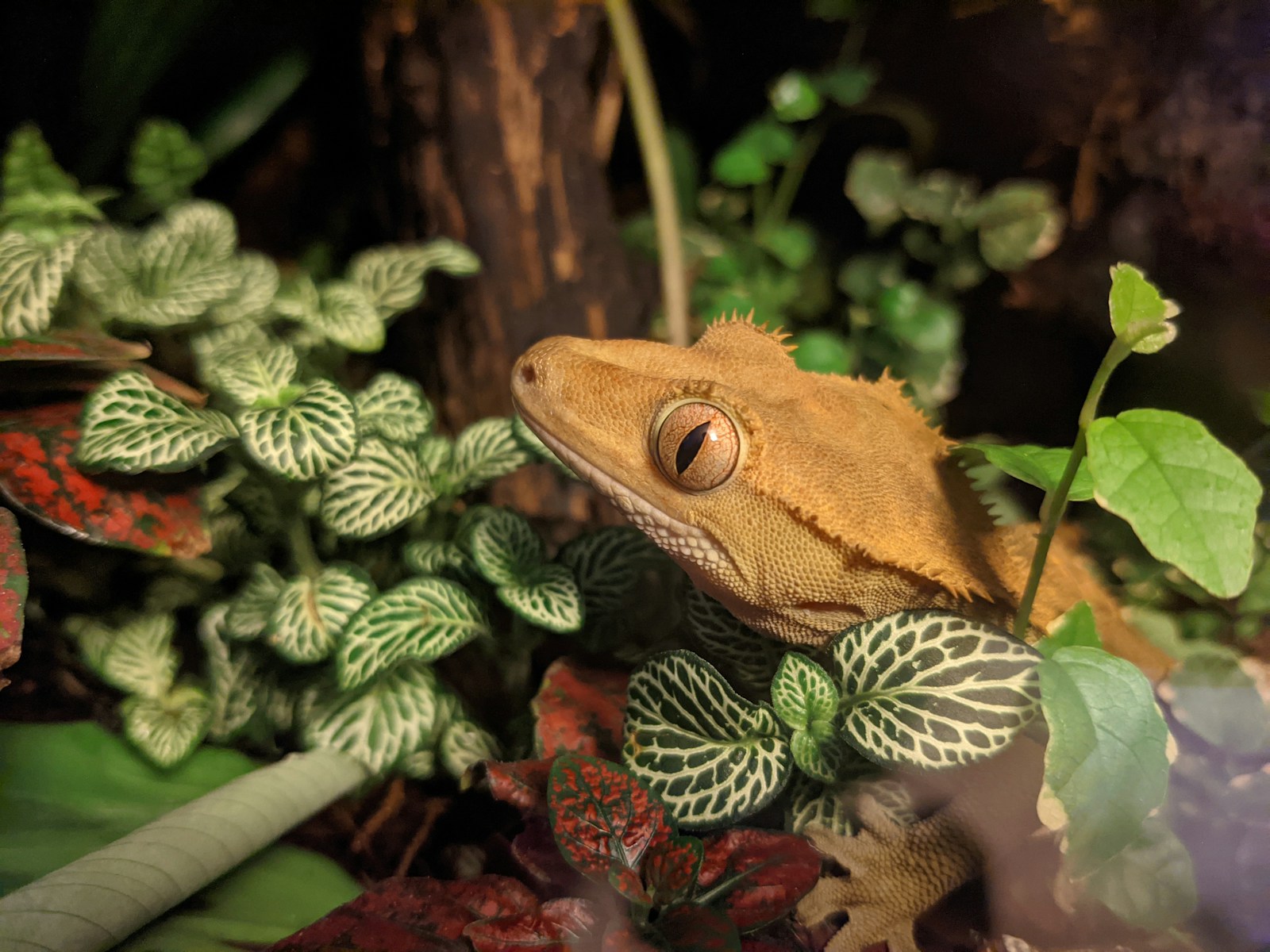
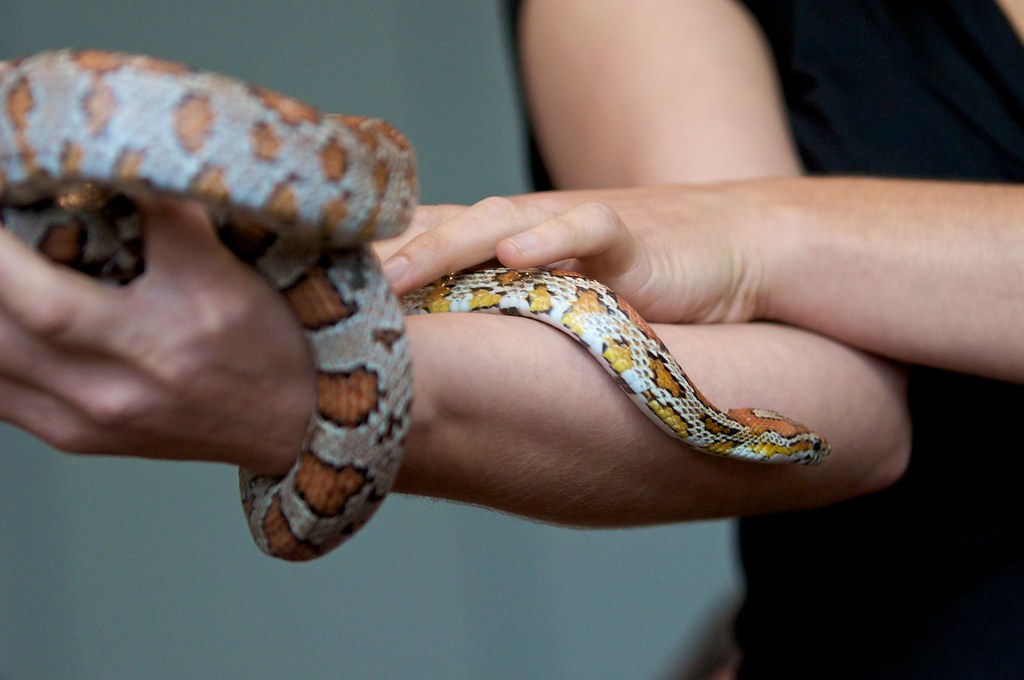
Leave a Reply